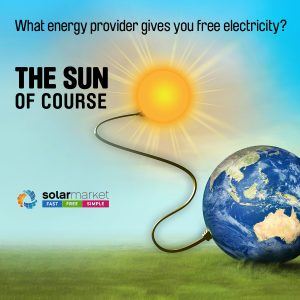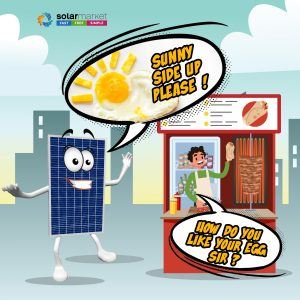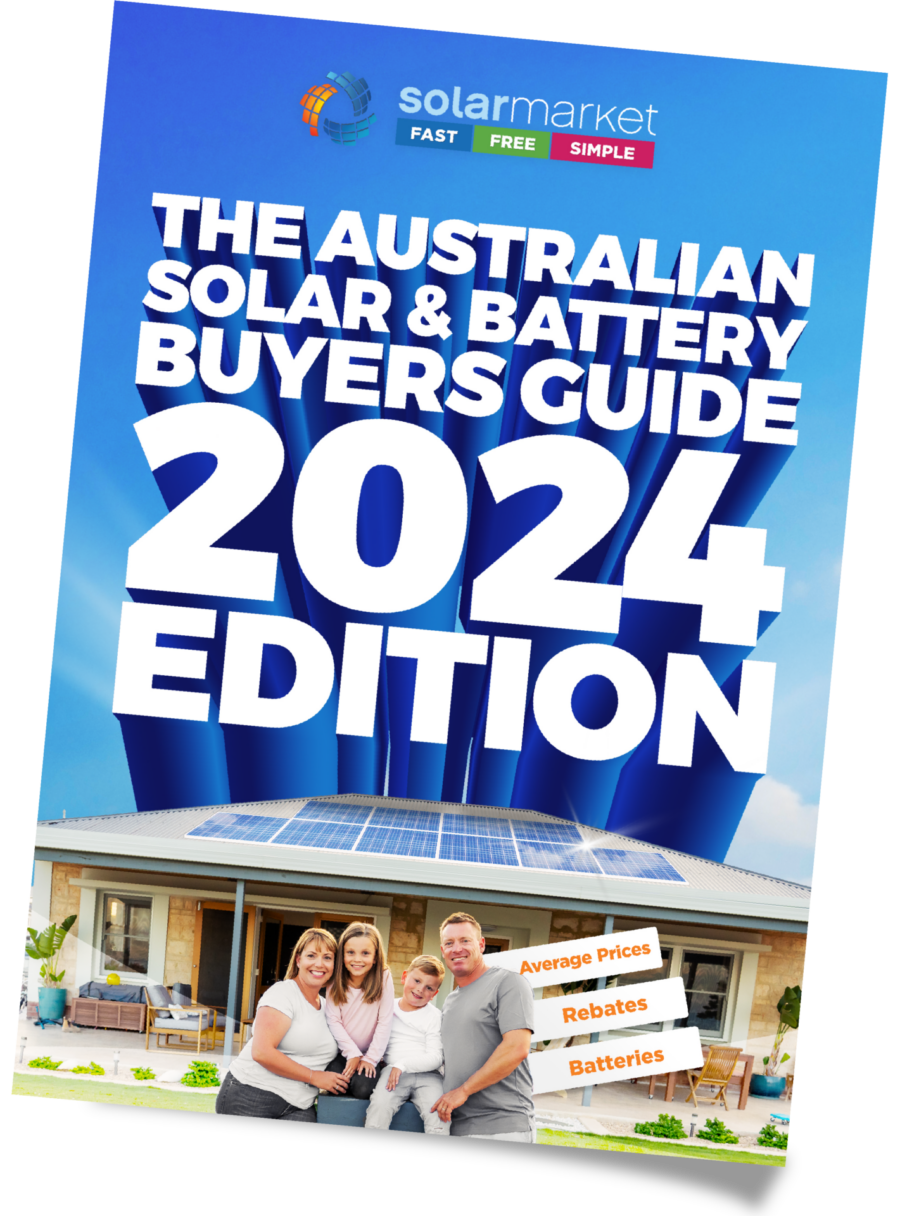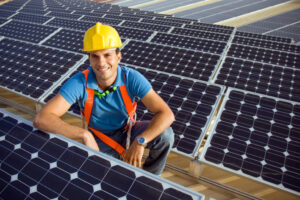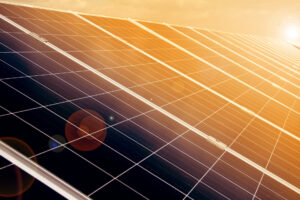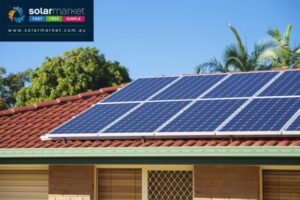We all know that sunlight is the key to life on earth but what is it about the sun that keeps us going? The answer is something called solar irradiance.
Solar irradiance is the radiant energy generated from the sun. This energy can be captured using solar panels and turned into useful forms of energy such as electricity and heat. You may know solar irradiance as solar power, solar energy or sunlight!
The 3 Main Types Of Solar Irradiance
Solar irradiance is transported to earth’s atmosphere through different wave lengths. Here are the 3 main types of wave lengths that we need to survive:
Ultraviolet radiation: is made up of UVA, UVB and UVC. Ultraviolet radiation can be harmful and can reach us from scattered waves in the atmosphere, open reflections or direct trails from the sun.
Infrared radiation: is a type of radiant energy that is invisible to human eyes but we can feel it in the form of heat.
Visible light: is a form of electromagnetic radiation that allows us to see the world around us. Most people refer to this wave length as sunlight.
Solar Radiation and Weather
The deliverance of solar irradiation to earth is also how our weather patterns are formed. Protons and energy particles are delivered into the atmosphere causing uneven heating – similar to the effect of a lava lamp.
Solar irradiation is not always delivered evenly everyday. This means it can be stronger on one day but weaker on another day even if it’s the same temperature and same type of weather. This is why you can have a high UV day even when it’s cloudy.
What Is The Difference Between Solar Irradiation and Solar Radiation?
Solar radiation refers to the amount of radiant energy emitted by the sun whereas solar irradiance refers to the amount of solar radiation per unit area.
 So, What Does It Have To Do With Solar?
So, What Does It Have To Do With Solar?
Solar photovoltaic (PV) systems absorb solar irradiation and turn it into usable energy for your home. Solar irradiation is only delivered when the sun is out.
So the more daylight hours your location receives the more solar irradiation you will have to create electricity with.
If you are considering installing a solar panel system then it is important to check that your geographical location receives sufficient sunlight hours and solar irradiation.
Luckily for us, Australia has some of the best daylight hours and some of the most uninterrupted solar irradiation in the world due to it’s minimal cloudy weather.
Make The Most Of Solar Irradiance By Installing Solar Panels
Interested in how you can use solar to power your home?
Solar Market connects you with three complimentary solar quotes from CEC accredited solar installers in your area so that you can start using the sun’s energy for free!
Already have solar panels installed? By mapping the solar irradiation throughout the day you can utilise your solar system more effectively. When solar irradiation is at its highest your solar panels will be generating at a better efficiency. Use solar irradiation peaks to plan your energy use.
